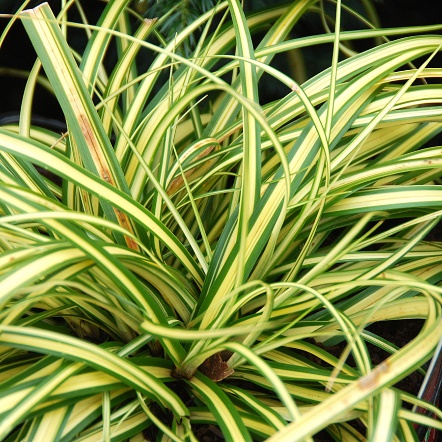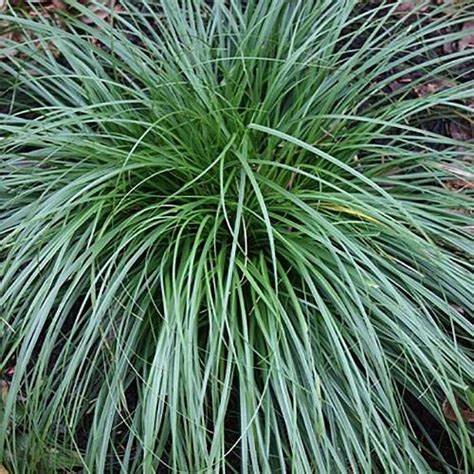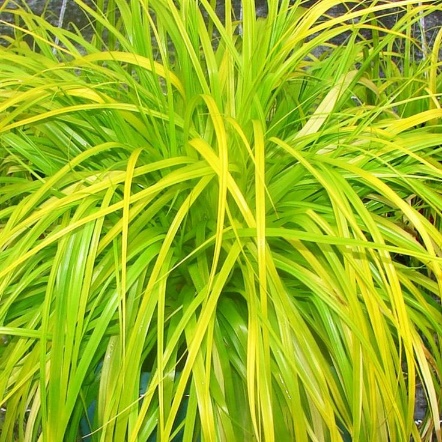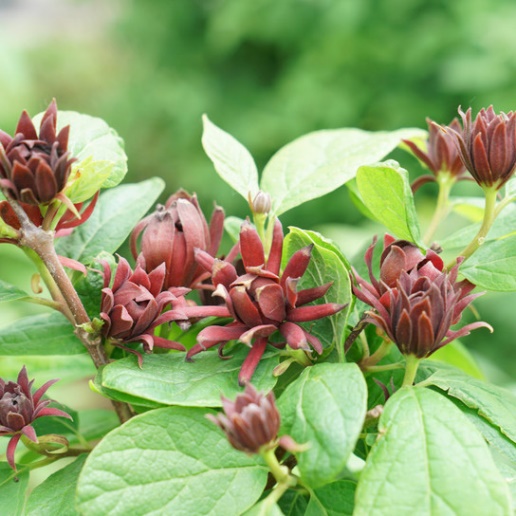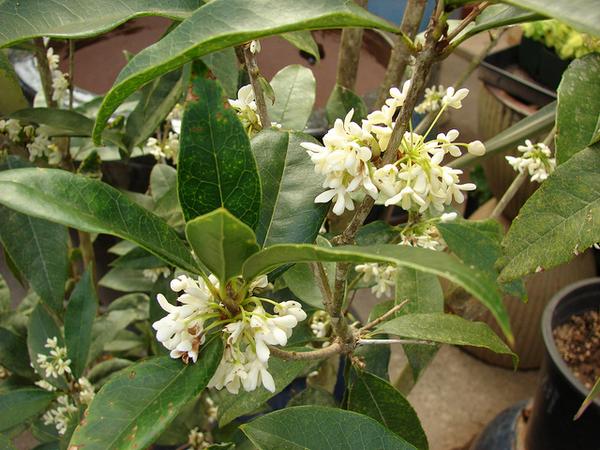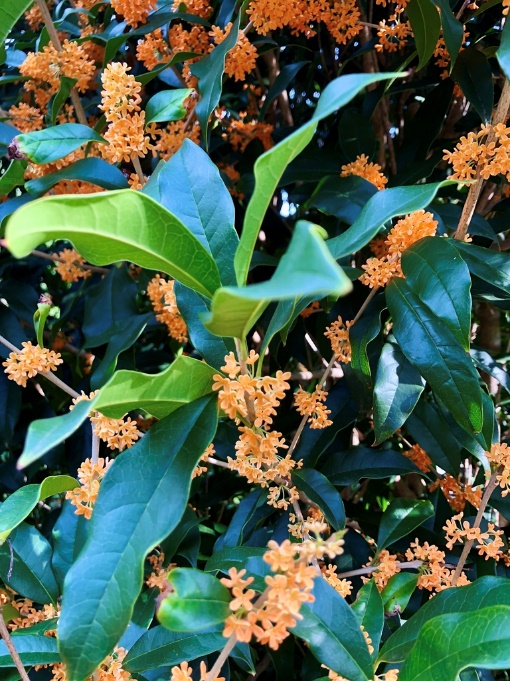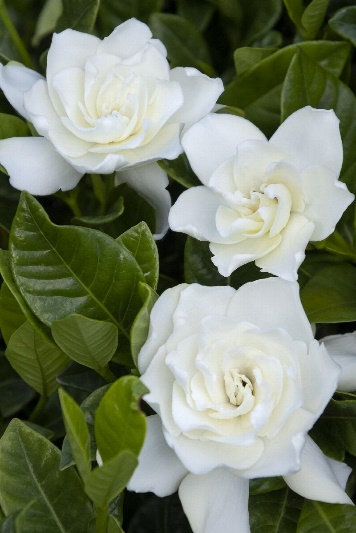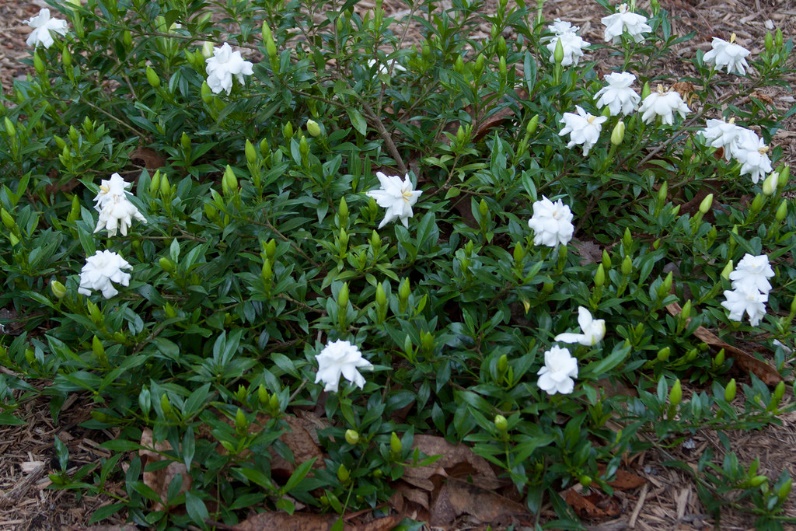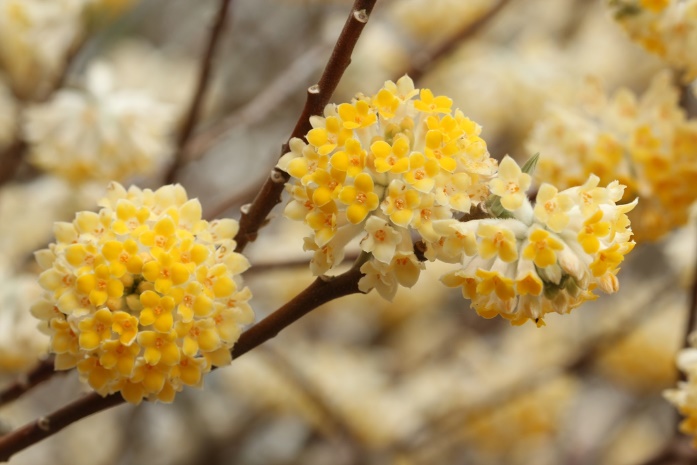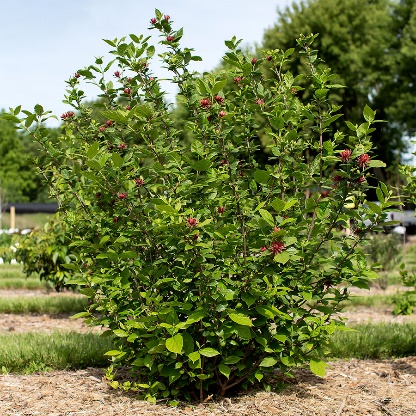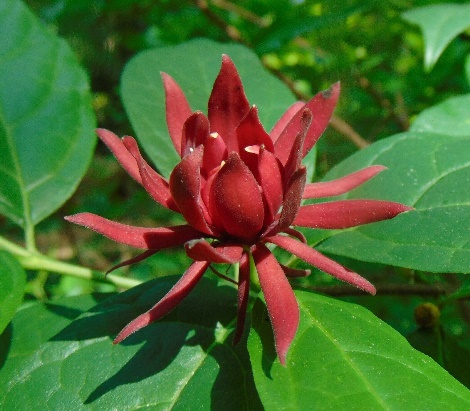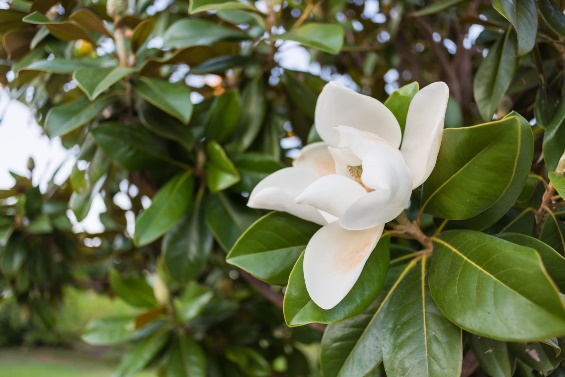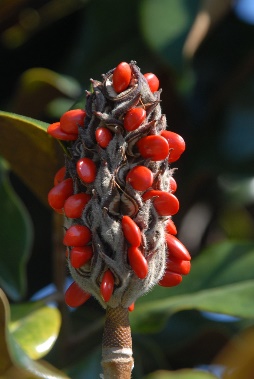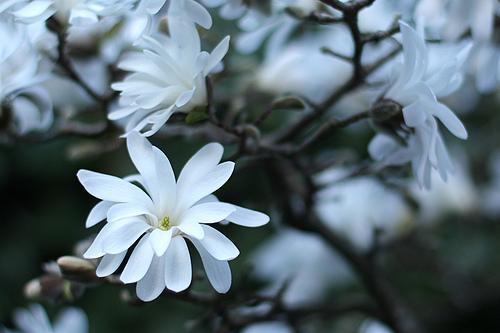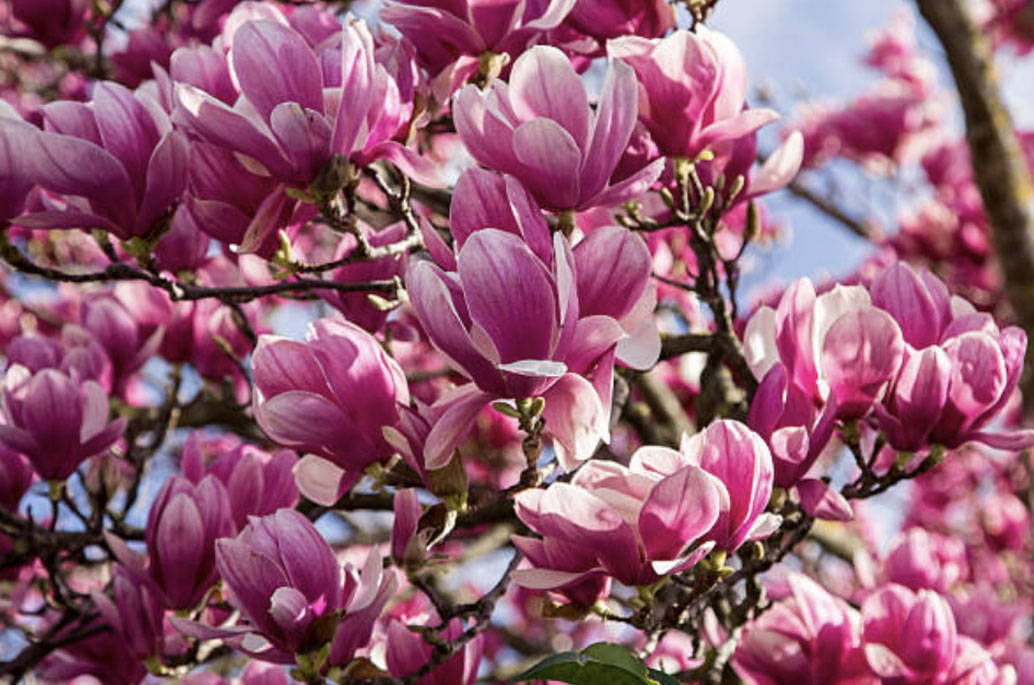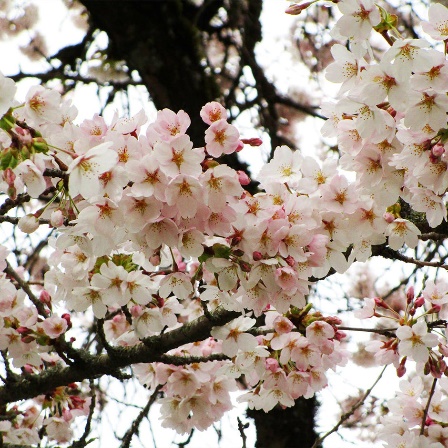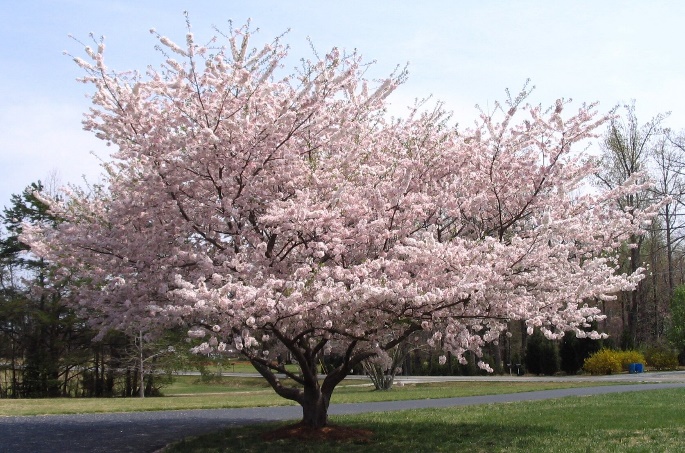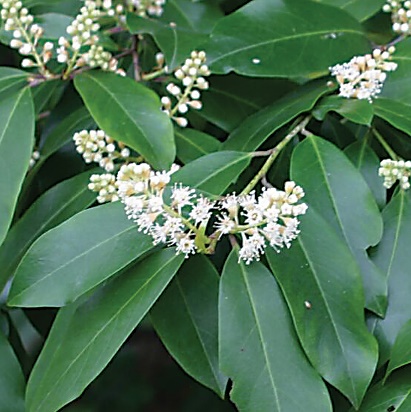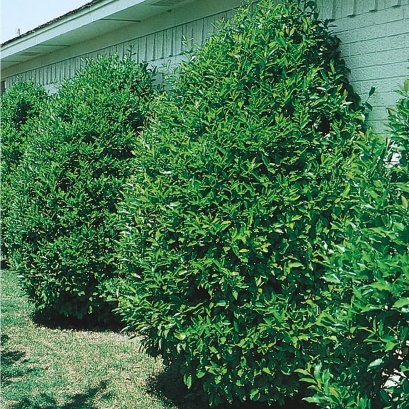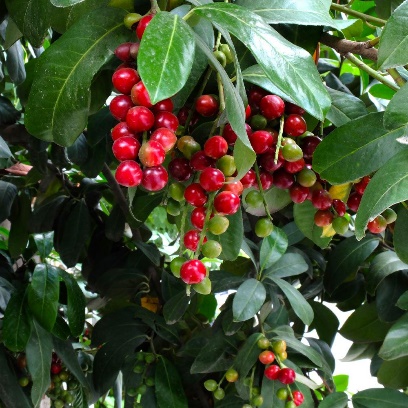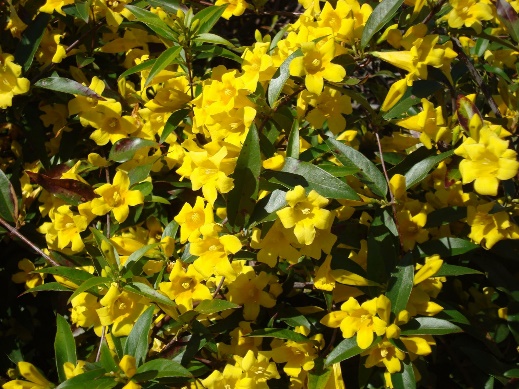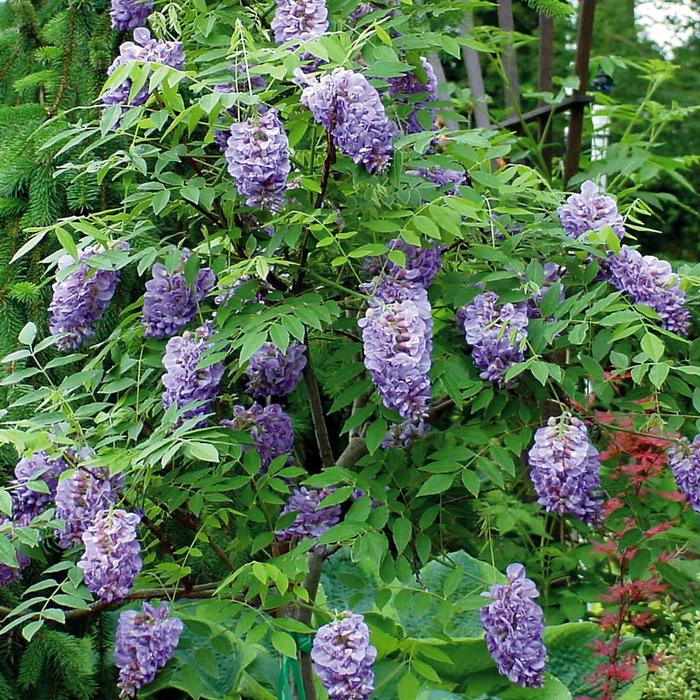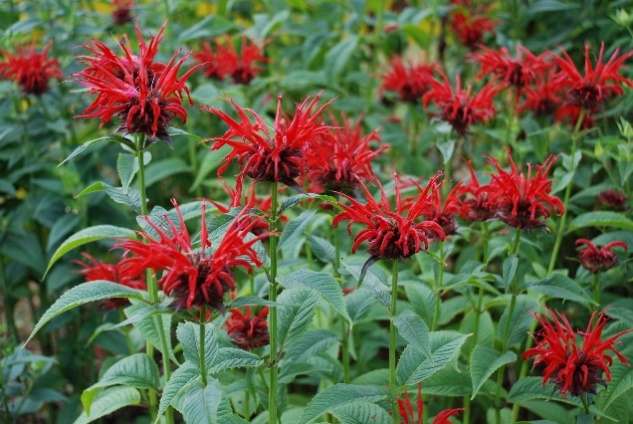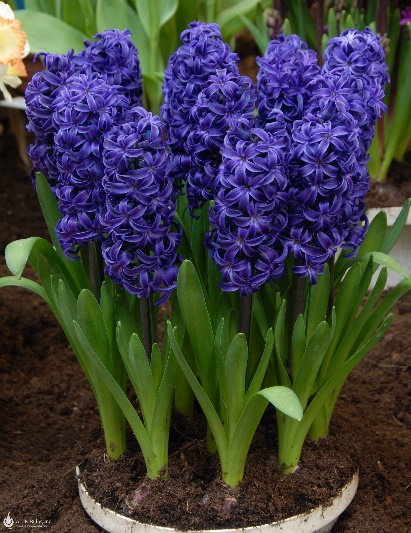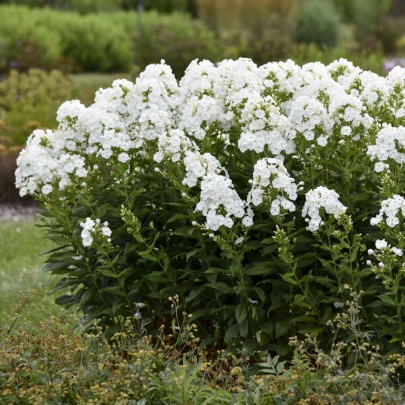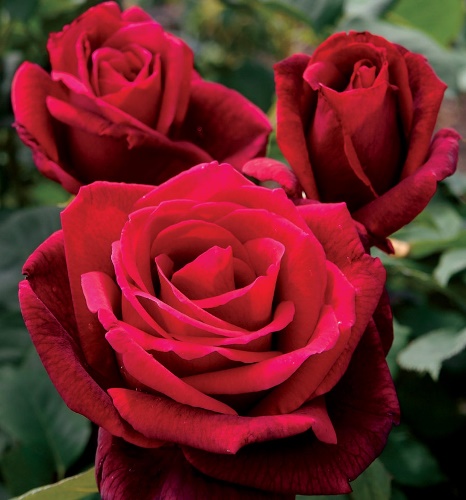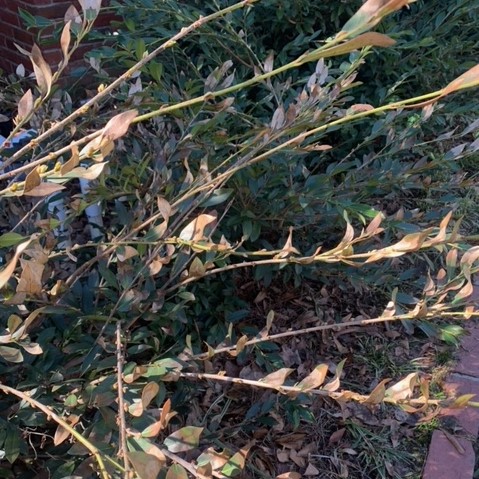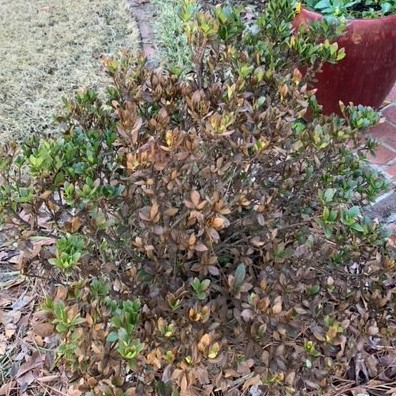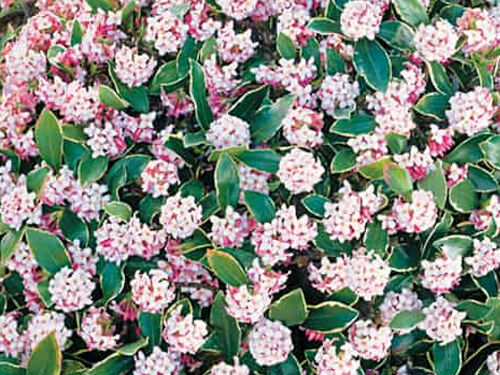
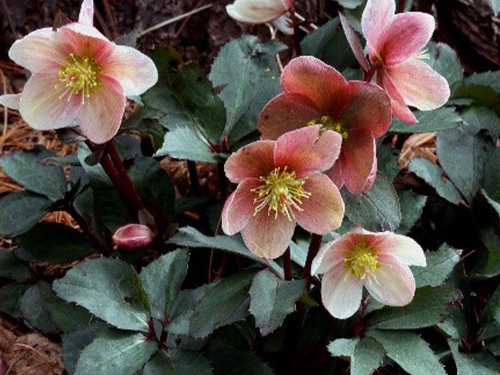
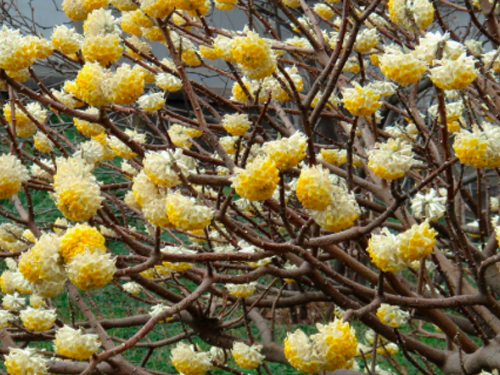
By Kathy Torres
There’s no doubt that winter is the dark, dreary and often rainy season of the year. I would throw in “cold” but as I’m writing this, the temperatures this week have been in the 70’s! Never put your T-shirts away when you live in South Carolina. In spite of the on-again off-again spring-like weather, keep in mind the “dark and dreary” days typical for winter in order to provide the appropriate backdrop for this blog. Yes, here we are in winter. Even the most devoted gardeners are probably not yet thinking of spring and the implications of fresh potting soil, new shrub selections for the landscape, and colorful annuals and perennials. We still have a few weeks to go (March 19 is the first day of spring, 2024), so the satisfaction and enjoyment of the garden must come from what is already there. Wouldn’t it be great to see something blooming?
It just so happens there are a few plant specimens that provide beautiful blooms during the winter months. When many branches are bare and the colors of green, brown and gray monopolize the view from your porch or window, anything that blooms is truly a light in the darkness! I’d like to tell you about some of my favorite winter blooming plants and encourage you to consider finding a spot in your yard to plant one or two (or more), so you can experience their color during a time when it is much needed! All of these plants prefer or require afternoon shade or filtered sun all day. Remember that your shade areas shift from winter to summer, so be aware that the shade requirements are particularly important to protect your plants from the hot summer sun.
LENTEN ROSE
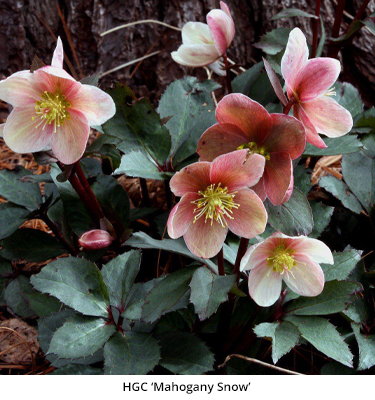
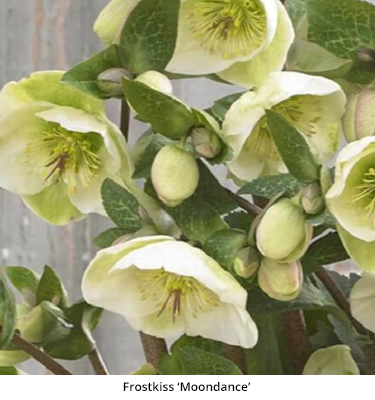
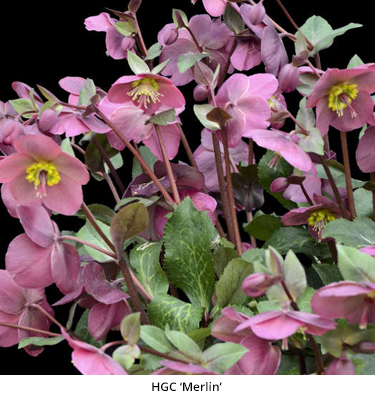
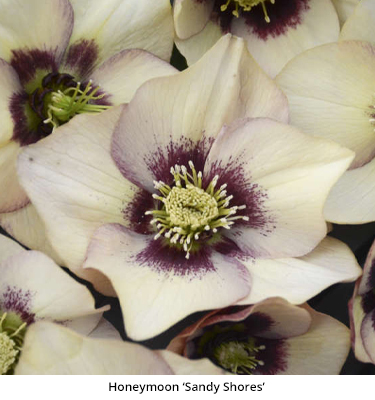
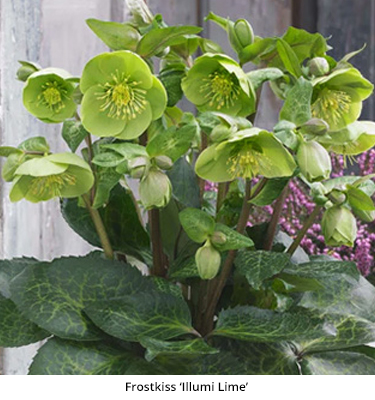
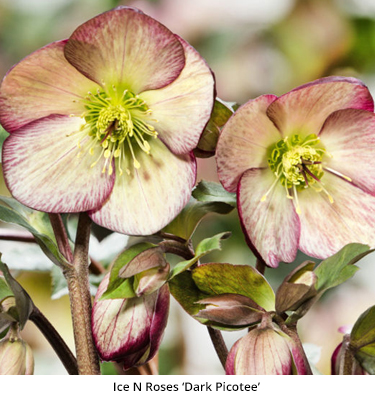
“A rose is a rose is a rose” (Gertrude Stein, 1913) – except when it’s not! Case in point, the Lenten Rose, AKA Hellebore, from the Ranunculaceae family. Not in the rose family at all, this lovely evergreen produces beautiful, unique blooms during the season of Lent (February/March), lasting until summer. Numerous hybrid varieties are available in a wide selection of bloom colors. The average plant size is about 18-24 inches at maturity, including the stalks and flowers, but there are a few taller varieties. During the first couple of years, the plant concentrates on root development, and then it takes off, producing a thick clump. Lenten Rose prefers shade, but can handle a bit of sun (morning, not afternoon) and just a little trimming of older foliage and spent blooms is necessary to keep it looking fresh. Fertilize new plantings to give them a good start, and once established, it’s not absolutely necessary. Water regularly until established, and during summertime dry periods. Don’t overwater, especially if planting in clay soil. Lenten Rose is great for mass planting, “filler” between small shrubs or annuals/perennials in a shade bed, or for cutting and filling a vase. It will give you a colorful surprise during the Lenten season, a sign that Easter and spring are coming soon.
MAHONIA
It’s easy to mistake some Mahonia for Hollies because of the prickly foliage, however, Mahonia is actually a member of the Barberry family. Winter Sun Mahonia shines in the winter with bright, golden yellow flower spikes against the dark green foliage. Reaching a height of 6-8 feet, this slow-growing, majestic evergreen shrub is perfect as a focal point in a shady garden bed. Blue berries appearing in spring attract a variety of birds. Mahonia is not too particular about soil, as long as it is well-drained, and it can hold its own in periods of drought. Another advantage is the toothy foliage, which is likely to discourage deer. Let it grow naturally as a large shrub or prune it into a tree shape. The ‘Winter Sun’ Mahonia pictured below (from my back yard) has bloomed beautifully this year!
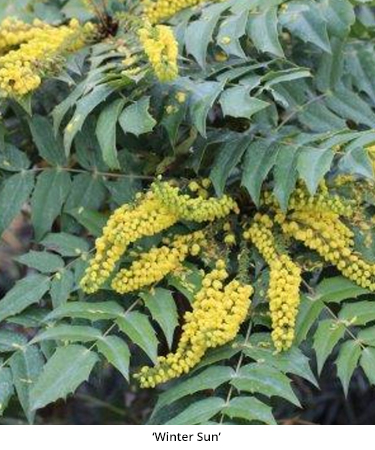 If you’re interested in a smaller variety, check out ‘Soft Caress’ Mahonia. It has a different leaf, narrow and long, like fingers and they are smooth, not prickly. Mature height is only 2-3 feet tall. The other characteristics are basically the same… shade loving, slow growth rate, not too picky about soil, drought tolerant, blooms and berries.
If you’re interested in a smaller variety, check out ‘Soft Caress’ Mahonia. It has a different leaf, narrow and long, like fingers and they are smooth, not prickly. Mature height is only 2-3 feet tall. The other characteristics are basically the same… shade loving, slow growth rate, not too picky about soil, drought tolerant, blooms and berries.
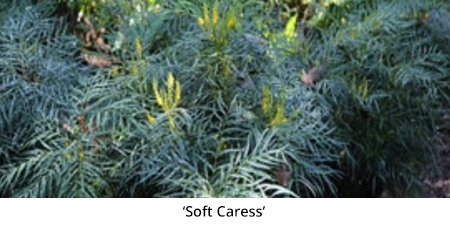
WINTER DAPHNE
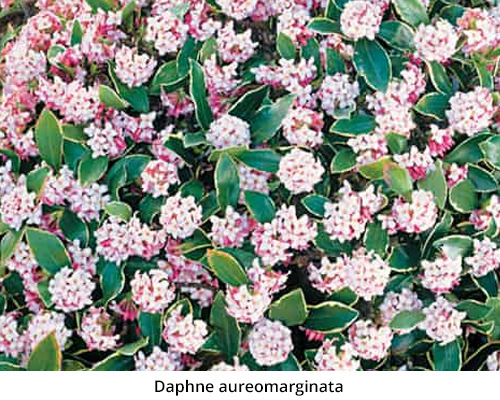
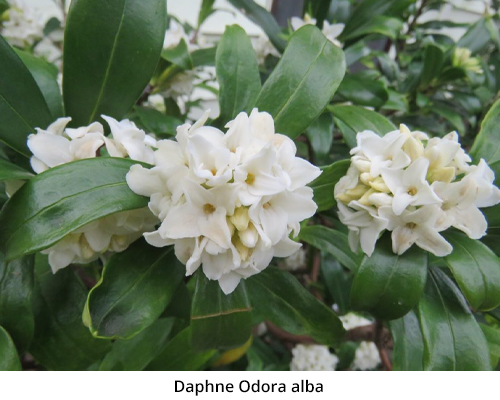
Known for very fragrant blooms, Winter Daphne joins the group of winter-blooming shrubs. Mature size is about 4 feet tall with a width of 5-6 feet, but it will take a few years to get this big. It has a reputation for being difficult to grow, however, by planting it correctly you can avoid the most common problems. The plant requires afternoon shade or filtered sun all day. Don’t plant in clay soil without amending it with loose, porous soil and organic matter. Plant so that the top of the root ball is a few inches above soil level and mulch around it. Water once a week during periods of drought but be careful not to overwater. There are two different distinctions in most Winter Daphne types available: variegated or solid green leaves and pink or white blooms. Some may be more fragrant than others. Also deer resistant, this is a great addition to your landscape, most appreciated in winter.
EDGEWORTHIA
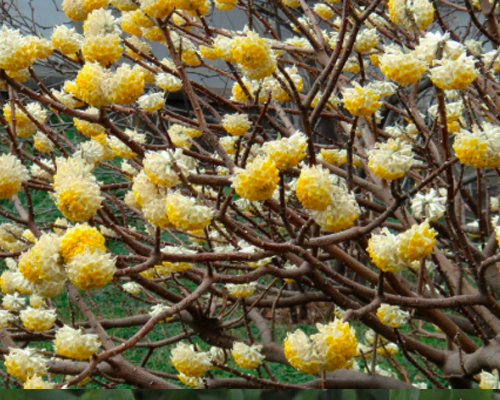
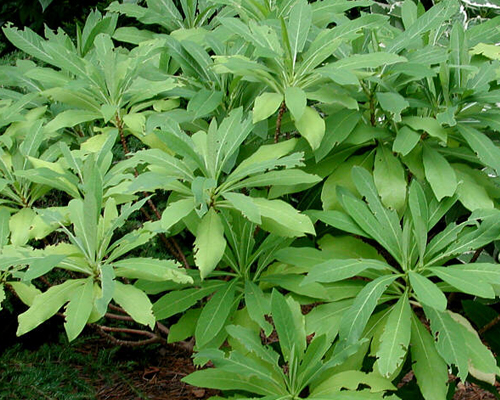
Another focal point contender is Edgeworthia, AKA Paperbush. A notable characteristic of this plant is that it blooms on bare branches in the winter months, after the large, elongated leaves drop in fall. Also “note” worthy… the common name, Paperbush, comes from its use in Japan for producing banknotes. Edgeworthia has a tropical look in summer and gorgeous blooms in winter. It can grow up to 7 feet tall and wide, prefers a shady location, and has a moderate to fast growth rate. Clusters of fragrant, yellow blooms appear on the branches, usually beginning in December. For Edgeworthia to thrive, it’s a good idea to add organic matter to the existing soil to make sure it is rich in nutrients.
CAMELLIA
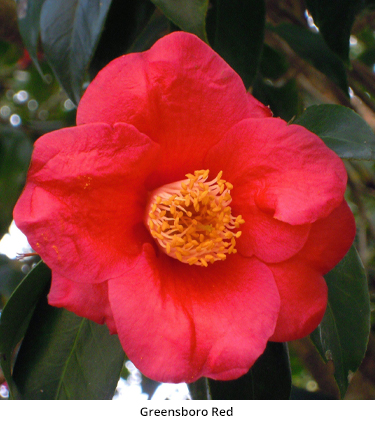
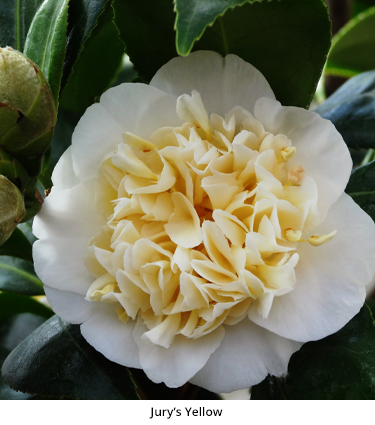
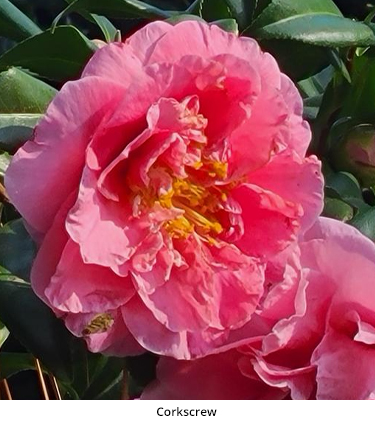
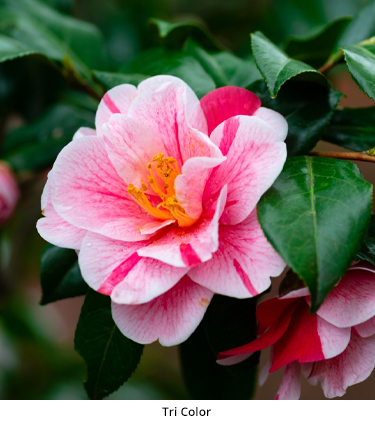
As I’ve mentioned in a previous blog post on Camellias (Click HERE), there are two types. Camellia sasanqua blooms in fall (October to December) and Camellia japonica blooms in winter (December to March). In my mind, every southern landscape should have a Camellia. They love the climate and are beautiful, traditional, southern ornamental shrubs. Most Camellia japonica shrubs grow 8-10 feet tall, however, there are some varieties that are smaller. They prefer shade, but a little filtered sun or direct early morning sun is ok and will encourage blooming. The large leaves are waxy and deep green. Fairly slow growing, Camellia japonica will take a while to reach its mature size, but at any stage should produce plenty of blooms. There are a few diseases that can be a problem with Camellias; keep an eye out for spots on foliage or browning of buds, and spray with a fungicide per the directions on the container. Mature Camellias are drought tolerant once established, but water and fertilize regularly in the first year or so. Keep in mind that the soil doesn’t dry out as quickly in the shade as it does in the sun.
The very best time to buy Lenten Roses and Camellias is when they are blooming, and right now, Wingard’s has them in stock (those pictured above and much more). Edgeworthia and Winter Daphne are also available. Mahonia varieties will be coming in soon, as spring approaches. Because our winter temperatures are typically mild, the ground doesn’t freeze, making it possible to plant this time of year. Even though the plant won’t have much growth above ground until the temperatures warm up, the roots will be establishing underground. Set yourself up for future winters with blooming plants by purchasing now and getting them in the ground. Once established, these beauties will perform year after year with little or no maintenance. So, grab a jacket, get outside and plant something fresh and new to perk up the yard. You can get your hands dirty and not even break a sweat… a southern gardener’s dream come true.

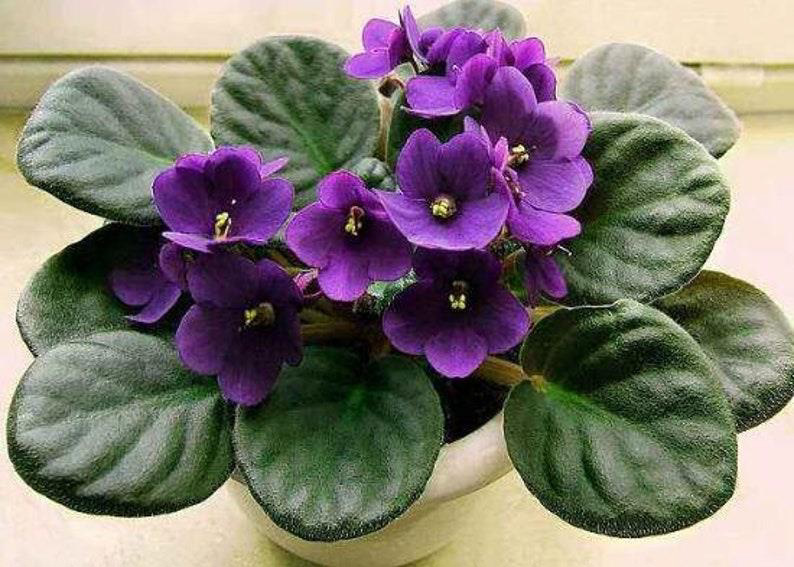
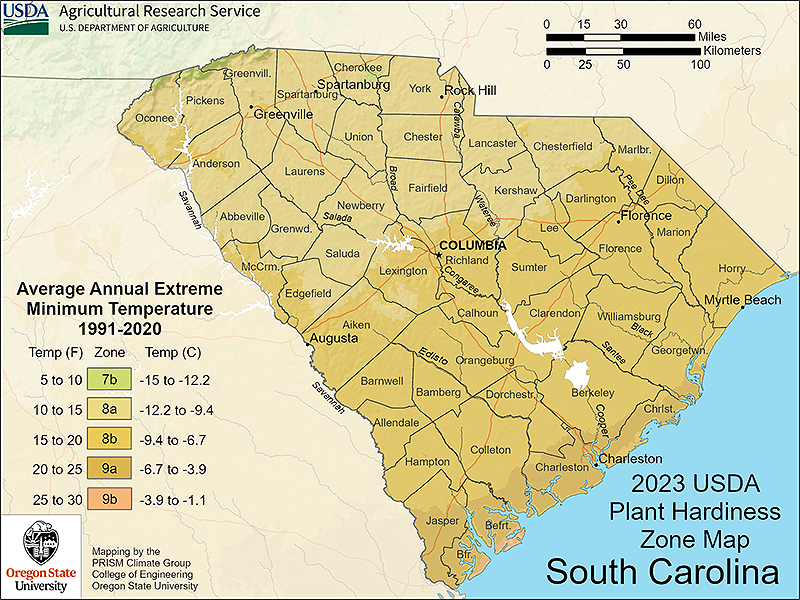

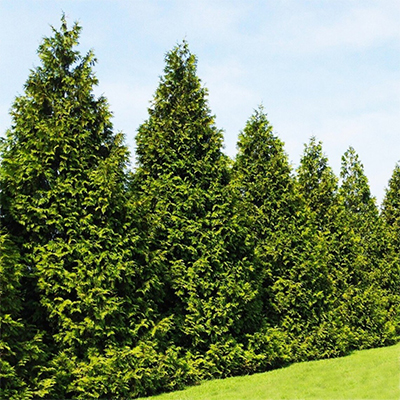
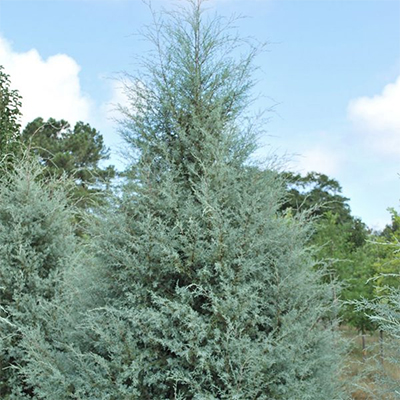
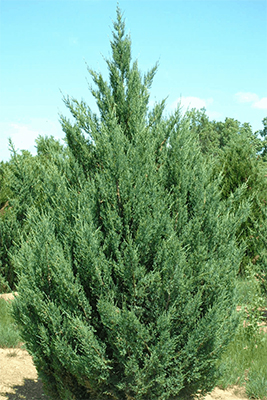
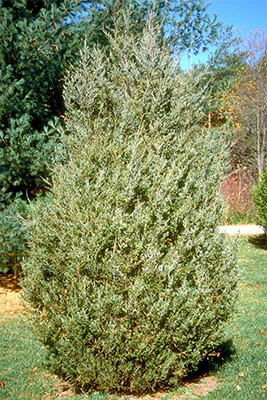
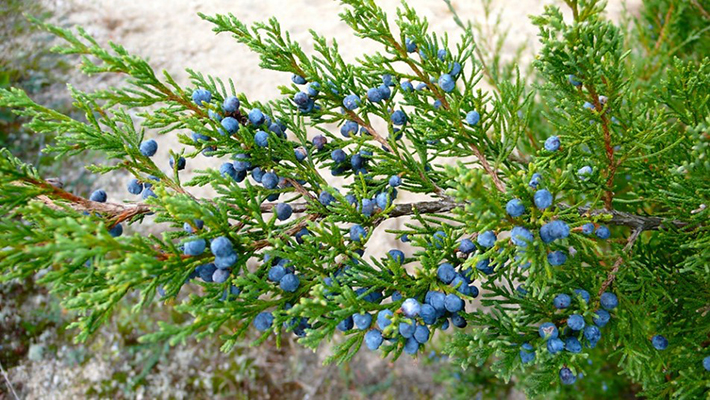
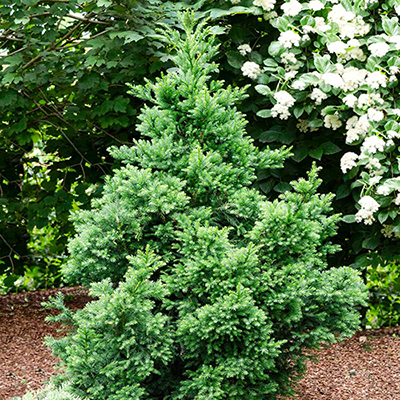
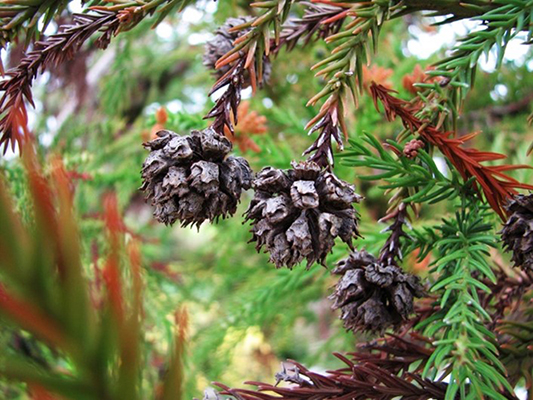
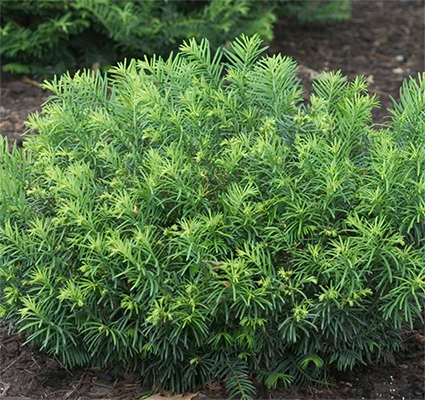
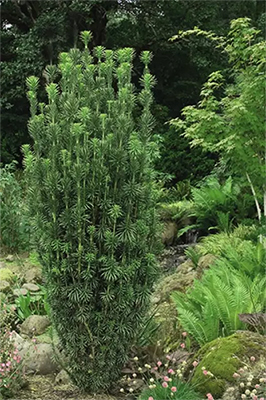
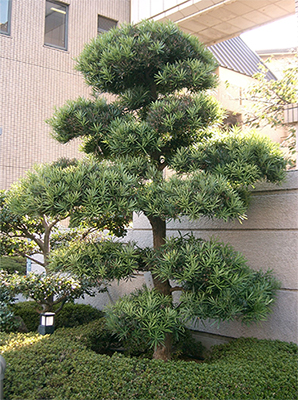
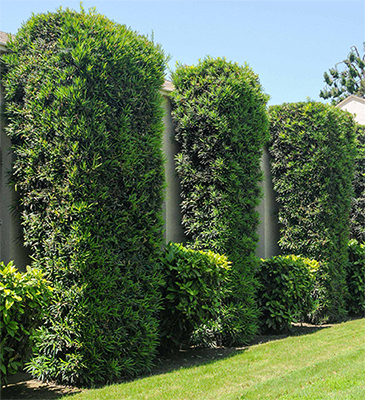
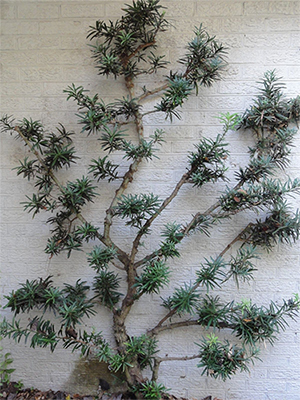
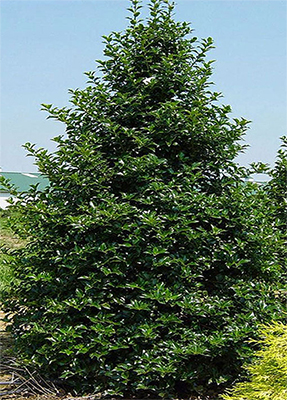
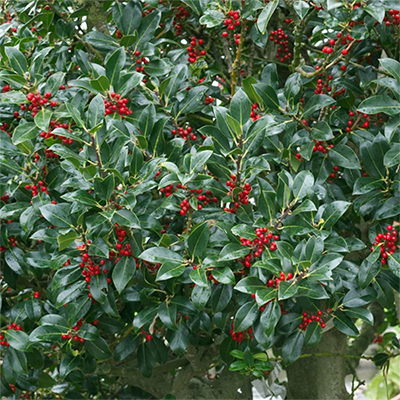
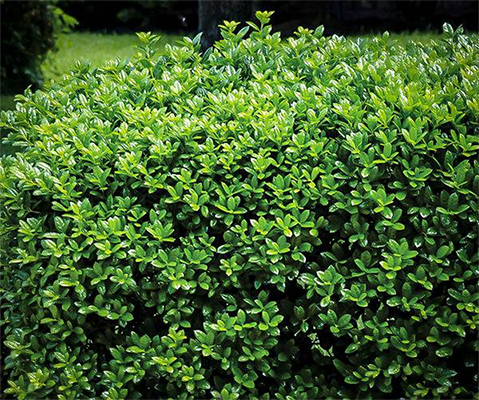
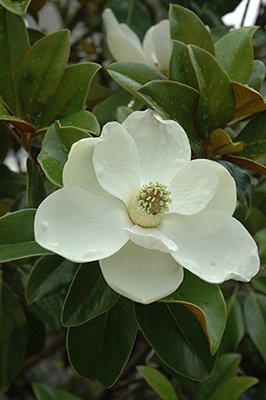
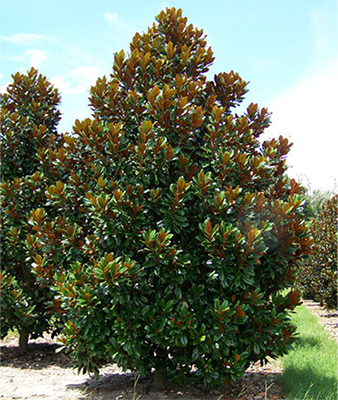
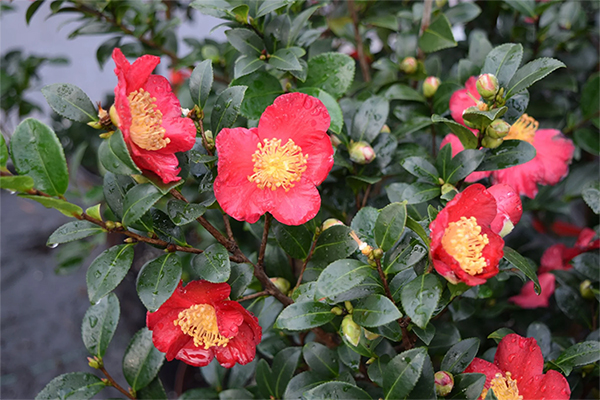
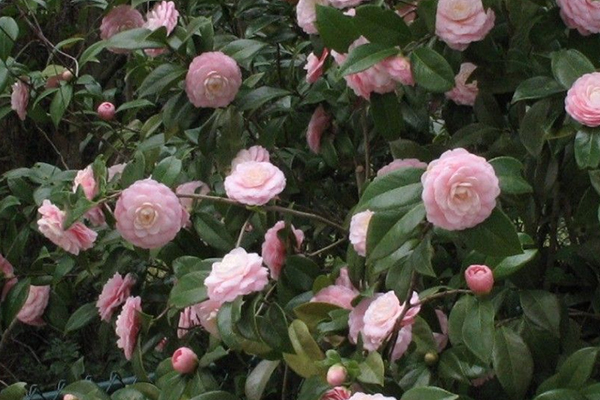
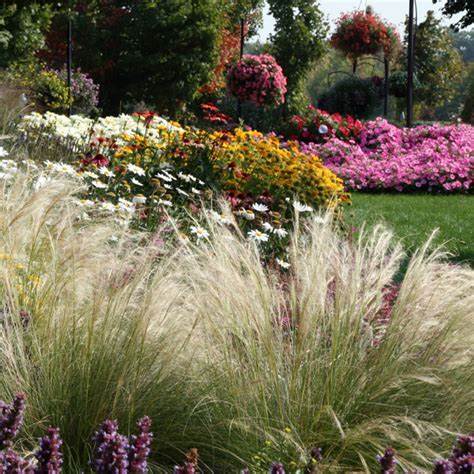
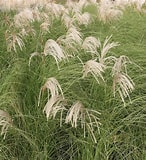
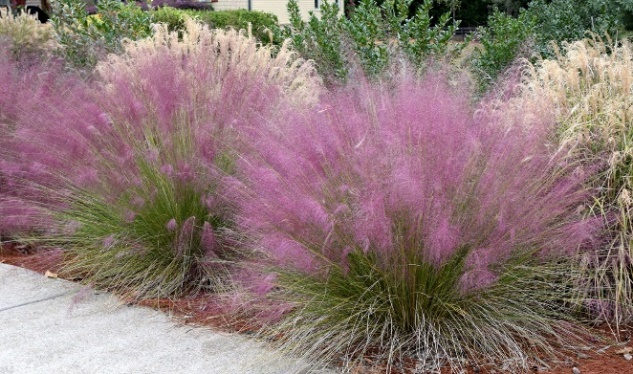
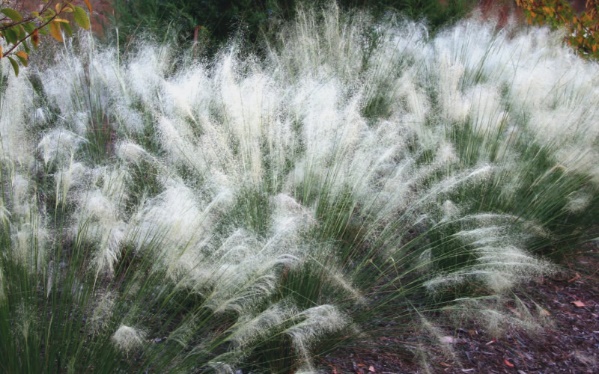
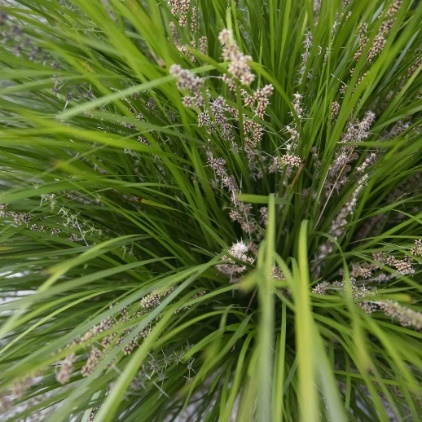
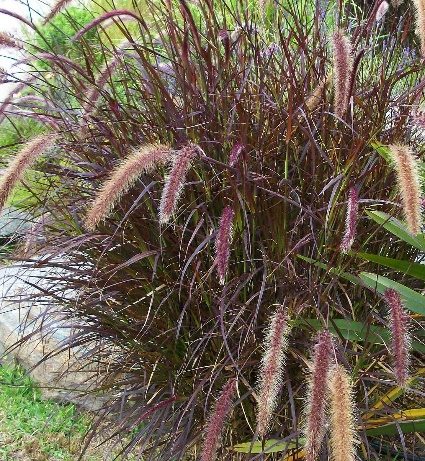
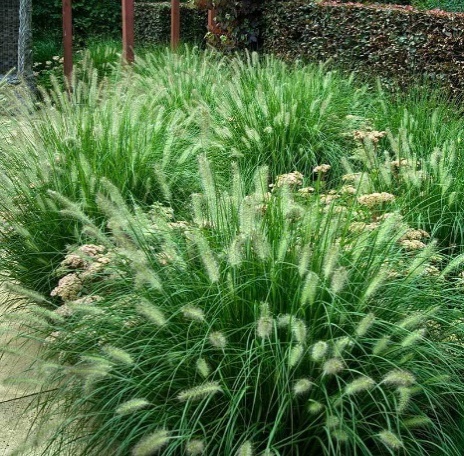
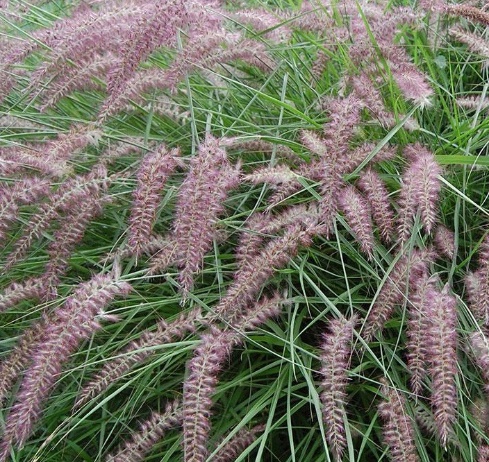
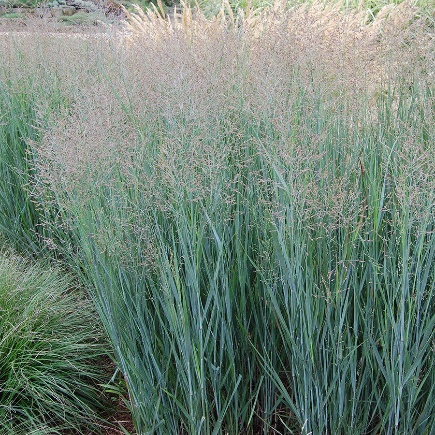
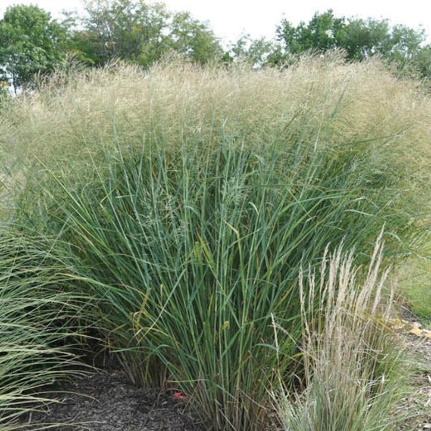
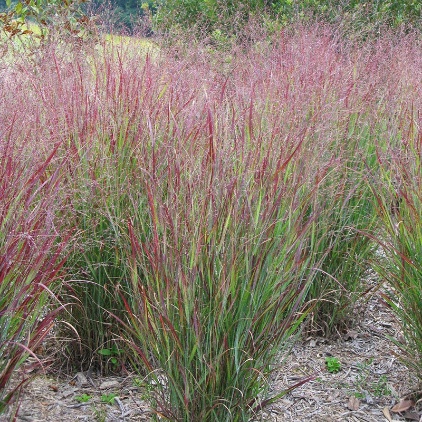
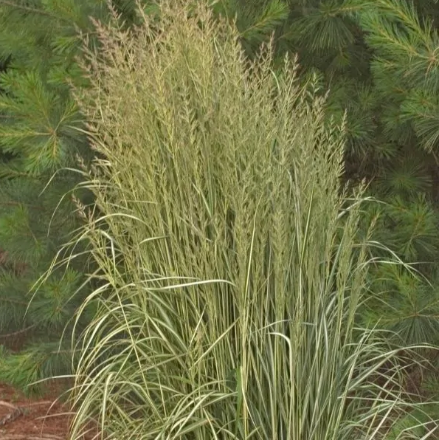 FEATHER REED GRASS, Calamagrostis x acutiflora, similar to Switchgrass, provides showy color and impressive height (3-5 ft. tall and 18-24 inches wide), emerging in spring with a reddish hue. Leaf blades become variegated as they mature and airy, pinkish-purple plumes appearing later in the warm season. Plant this perennial grass individually, in groups or rows, in full or part sun (minimum of 6 hours).
FEATHER REED GRASS, Calamagrostis x acutiflora, similar to Switchgrass, provides showy color and impressive height (3-5 ft. tall and 18-24 inches wide), emerging in spring with a reddish hue. Leaf blades become variegated as they mature and airy, pinkish-purple plumes appearing later in the warm season. Plant this perennial grass individually, in groups or rows, in full or part sun (minimum of 6 hours).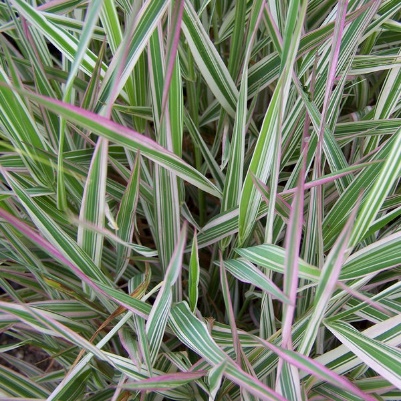 RIBBON GRASS, Phalaris arundinacea, has an upright, arching growth habit, with white-striped foliage blushed with pink. In early summer, panicles of soft white flowers appear. This aggressive grower can handle wet feet, making it great for a pond border. Try it in a large container garden mixed with colorful annuals or perennials. Cut this perennial grass back in winter for fresh, new foliage in spring. Plant in full sun or part shade (minimum of 6 hours).
RIBBON GRASS, Phalaris arundinacea, has an upright, arching growth habit, with white-striped foliage blushed with pink. In early summer, panicles of soft white flowers appear. This aggressive grower can handle wet feet, making it great for a pond border. Try it in a large container garden mixed with colorful annuals or perennials. Cut this perennial grass back in winter for fresh, new foliage in spring. Plant in full sun or part shade (minimum of 6 hours).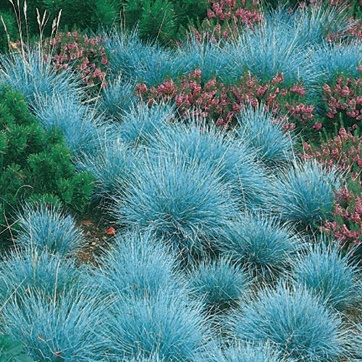 BLUE FESCUE, Festuca glauca, an evergreen grass native to southern France, has a distinct silver-blue color with upright plumes appearing in late summer. It can handle the cold temperatures of winter, as well as the hot, humid summer in South Carolina. Small and compact (8-12 inches tall and wide at maturity), Blue Fescue is perfect as an accent, in mass plantings, containers, and because it is drought tolerant, even in crevices of rock gardens. Dividing every 2-4 years will keep it healthy and growing strong.
BLUE FESCUE, Festuca glauca, an evergreen grass native to southern France, has a distinct silver-blue color with upright plumes appearing in late summer. It can handle the cold temperatures of winter, as well as the hot, humid summer in South Carolina. Small and compact (8-12 inches tall and wide at maturity), Blue Fescue is perfect as an accent, in mass plantings, containers, and because it is drought tolerant, even in crevices of rock gardens. Dividing every 2-4 years will keep it healthy and growing strong. 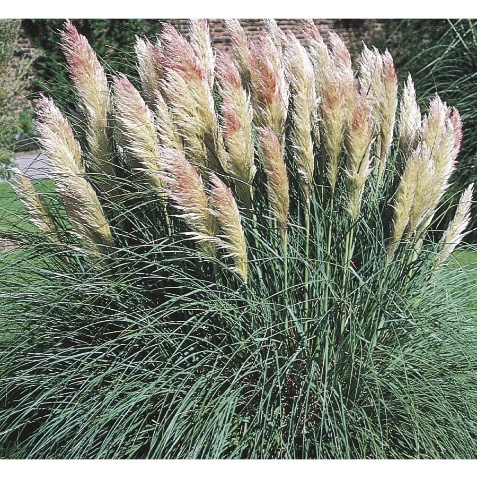 PAMPAS GRASS, Cortaderia selloana, is the “Big Daddy” of perennial ornamental grasses, growing up to 10 feet tall, with dramatic plumes in white or pink. It should be planted in full sun in an area big enough to handle its mature size. Water it well when first planted, but you can pretty much ignore it once established. Divide it occasionally to keep it under control. Pampas grass is great in coastal or lake front areas and for providing privacy screening, or camouflaging HVAC units or undesirable views. Because it is highly flammable, don’t plant it near a grill or fire pit. The leaves or blades of Pampas grass are razor-sharp, so be sure to wear eye protection, gloves and long sleeves when pruning.
PAMPAS GRASS, Cortaderia selloana, is the “Big Daddy” of perennial ornamental grasses, growing up to 10 feet tall, with dramatic plumes in white or pink. It should be planted in full sun in an area big enough to handle its mature size. Water it well when first planted, but you can pretty much ignore it once established. Divide it occasionally to keep it under control. Pampas grass is great in coastal or lake front areas and for providing privacy screening, or camouflaging HVAC units or undesirable views. Because it is highly flammable, don’t plant it near a grill or fire pit. The leaves or blades of Pampas grass are razor-sharp, so be sure to wear eye protection, gloves and long sleeves when pruning.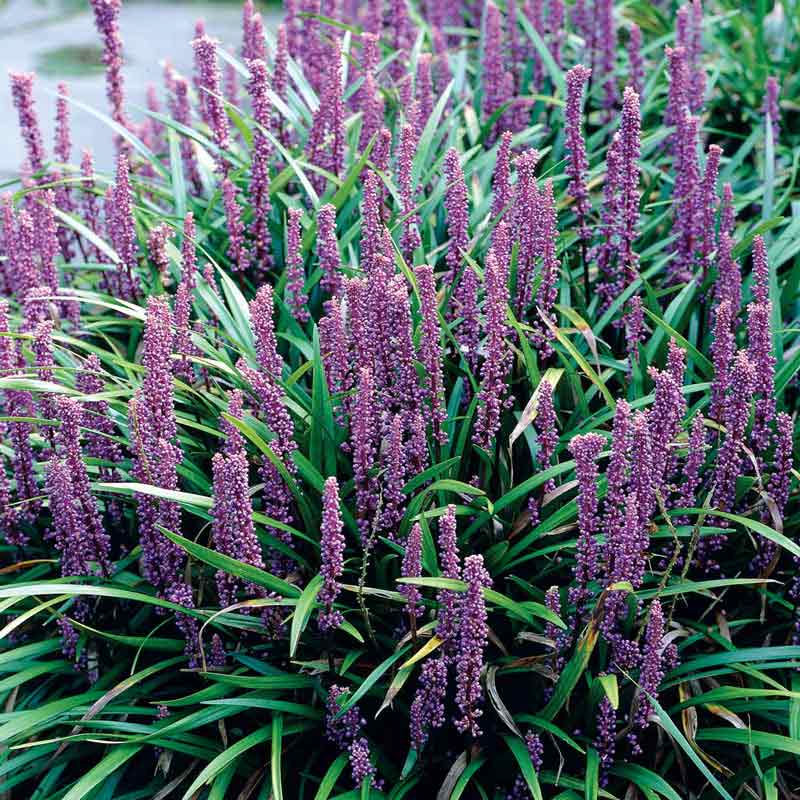
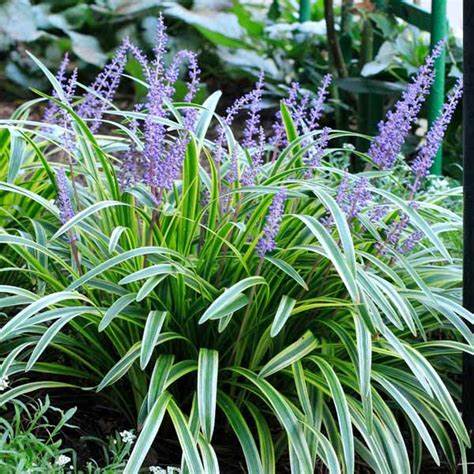 LIRIOPE, AKA Lilyturf or Monkey Grass, is a fast-growing groundcover or border plant. The two most prominent species found here are Liriope muscari and Liriope spicata. Muscari is more clumping and spicata is a spreader. Most Liriope grows to a height of 10-18 inches and a width of 12-18 inches. Typically, the color is dark green, however, there are variegated cultivars available as well. Blooms (usually purple) appear on stalks in summer followed by bluish-black berries in the fall. Extremely tough, Liriope will grow in deep sun or shade. It’s evergreen, however, a good cut back in winter will encourage fresh growth in spring.
LIRIOPE, AKA Lilyturf or Monkey Grass, is a fast-growing groundcover or border plant. The two most prominent species found here are Liriope muscari and Liriope spicata. Muscari is more clumping and spicata is a spreader. Most Liriope grows to a height of 10-18 inches and a width of 12-18 inches. Typically, the color is dark green, however, there are variegated cultivars available as well. Blooms (usually purple) appear on stalks in summer followed by bluish-black berries in the fall. Extremely tough, Liriope will grow in deep sun or shade. It’s evergreen, however, a good cut back in winter will encourage fresh growth in spring.
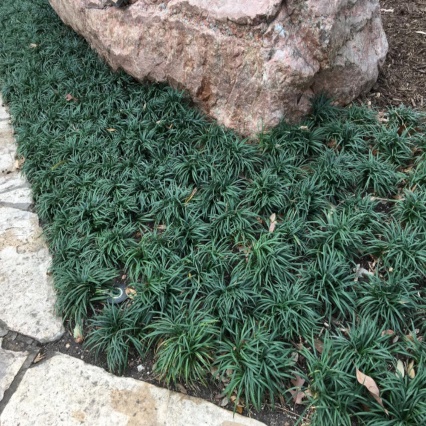 MONDO GRASS, Ophiopogon japonicus, is another evergreen, sod-forming perennial very similar to Liriope that prefers shade, also available in a dwarf size that reaches only 4 inches. It’s a great groundcover under a tree or other area where most lawn grasses fail.
MONDO GRASS, Ophiopogon japonicus, is another evergreen, sod-forming perennial very similar to Liriope that prefers shade, also available in a dwarf size that reaches only 4 inches. It’s a great groundcover under a tree or other area where most lawn grasses fail.